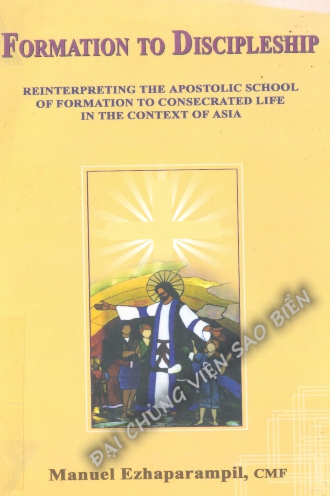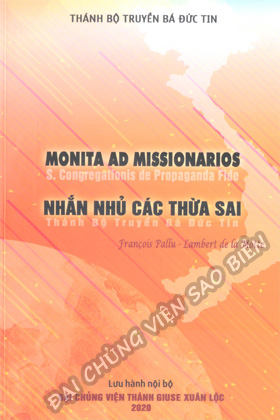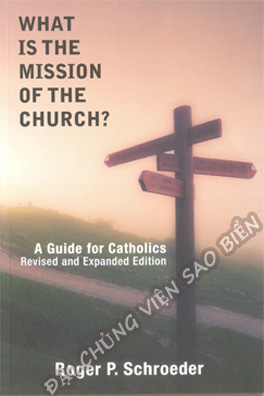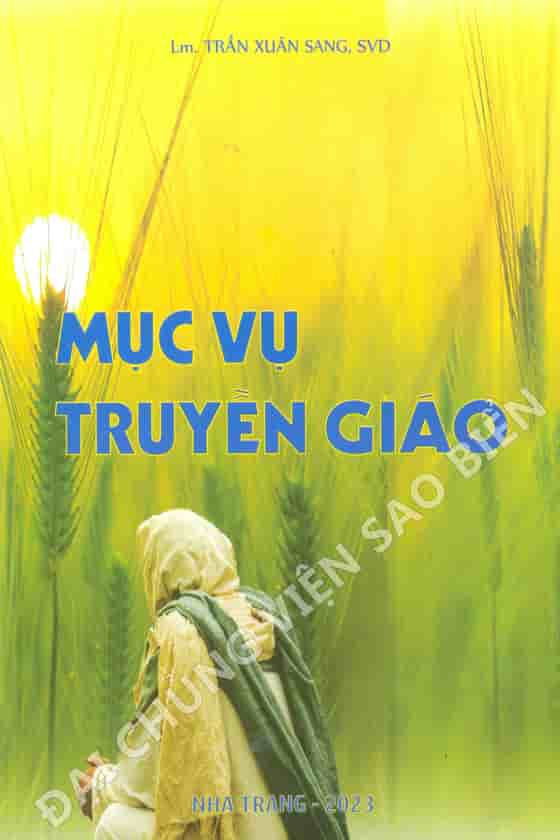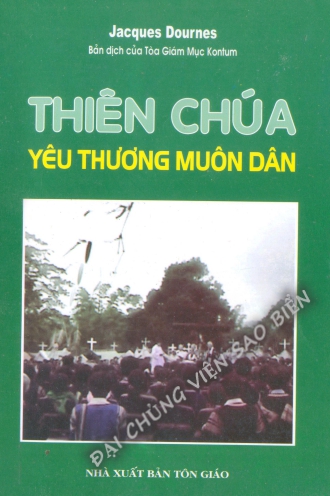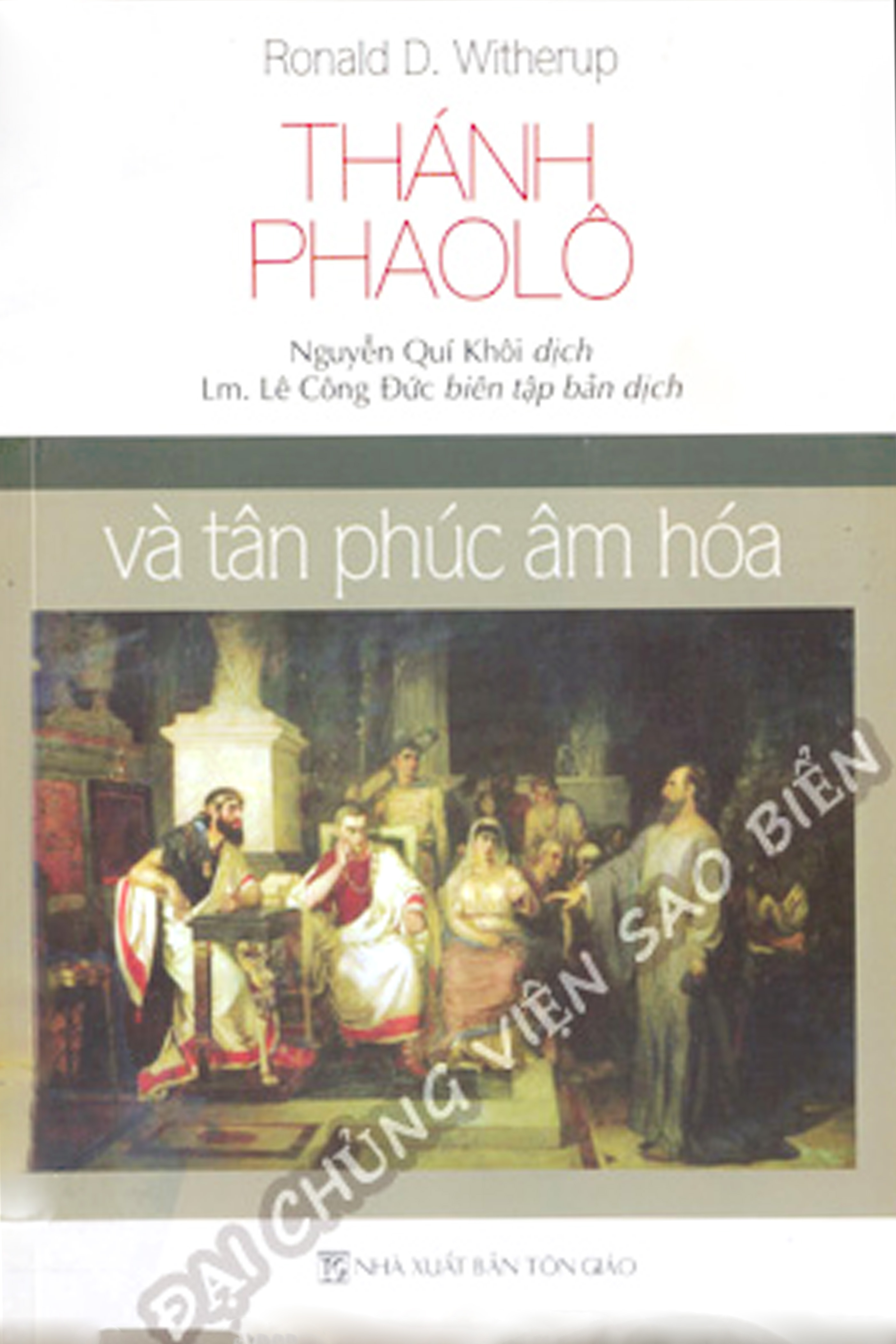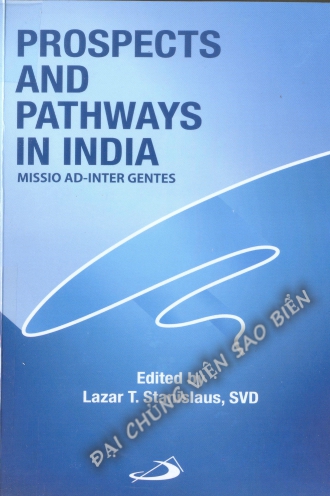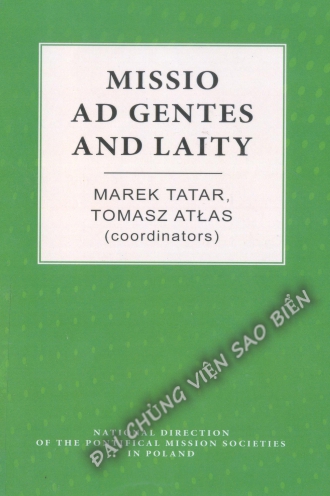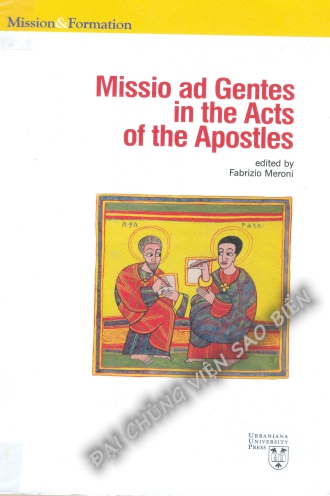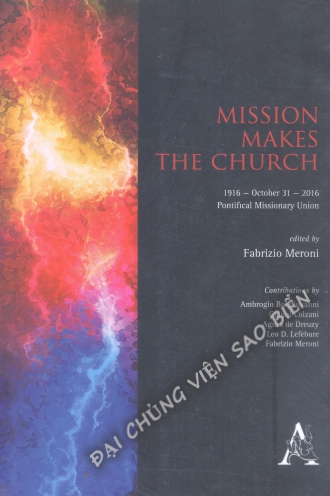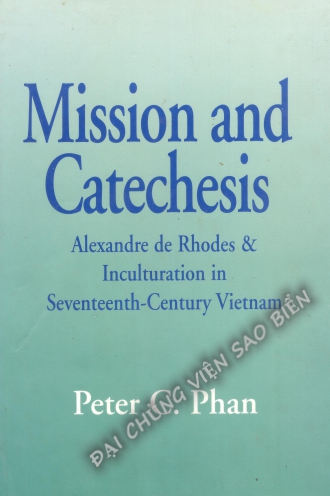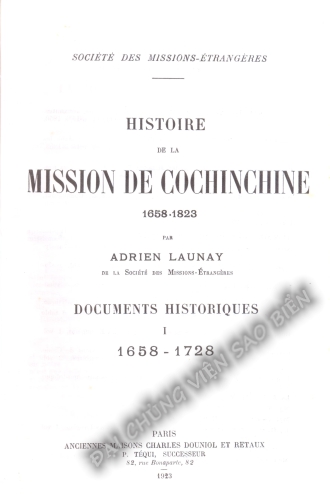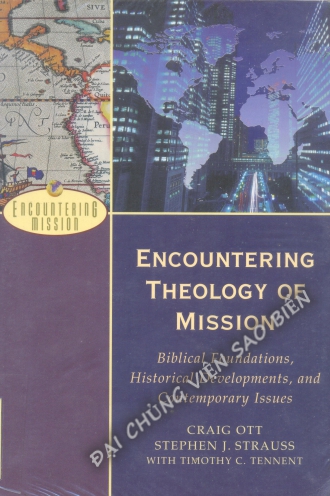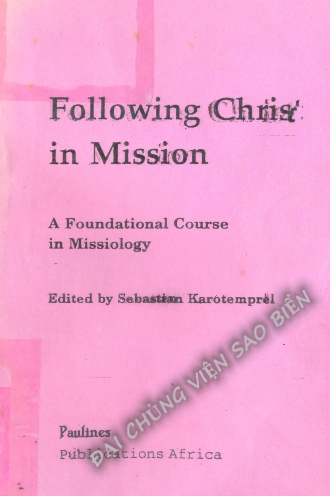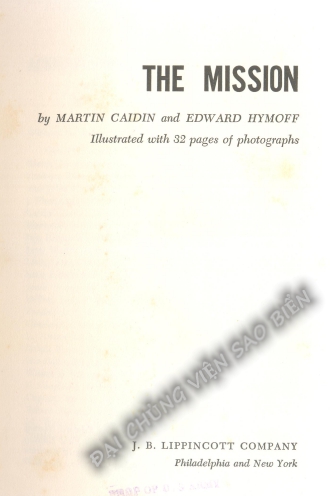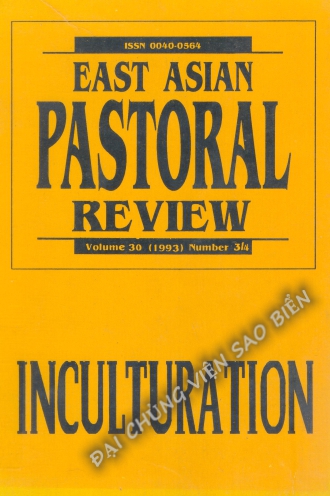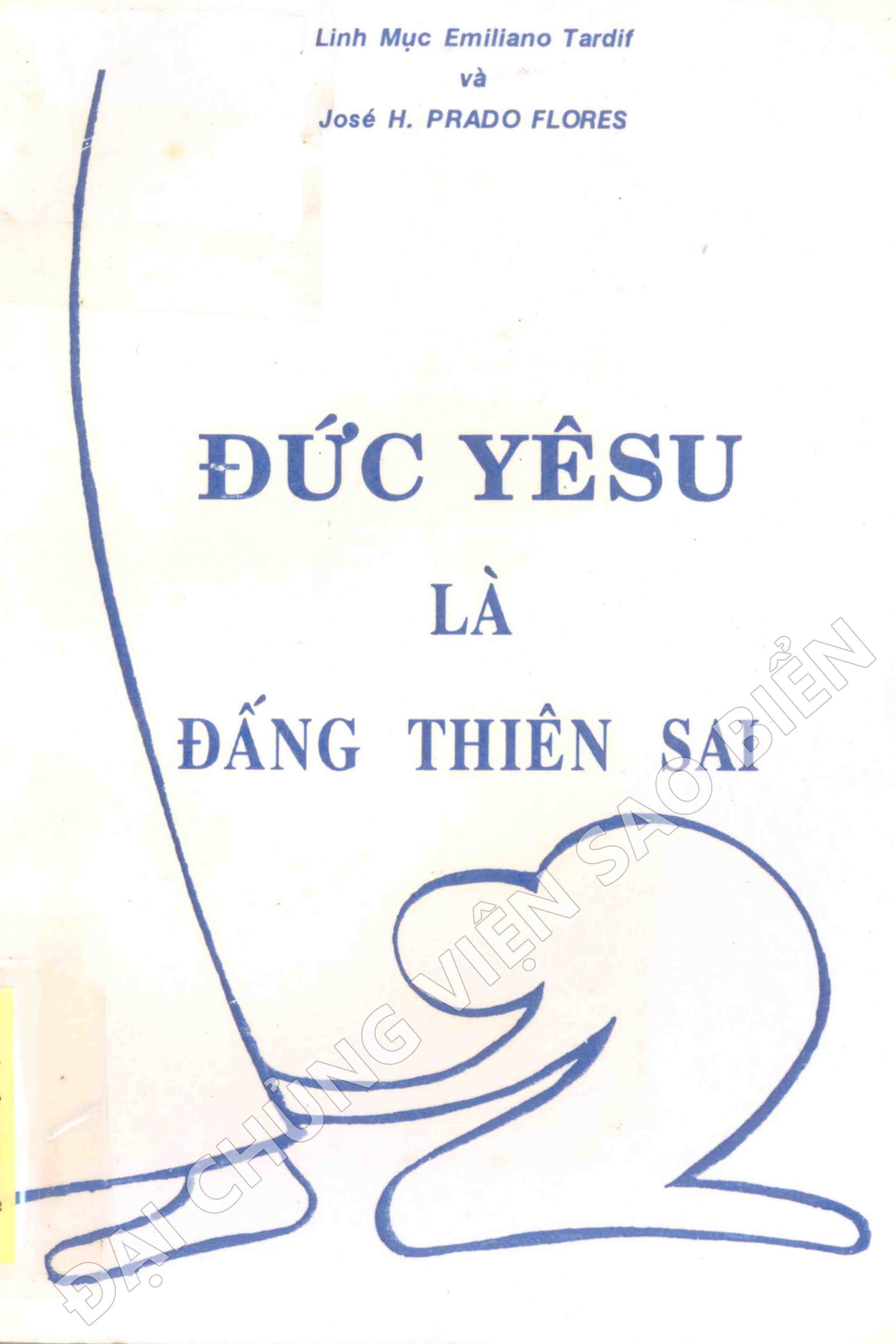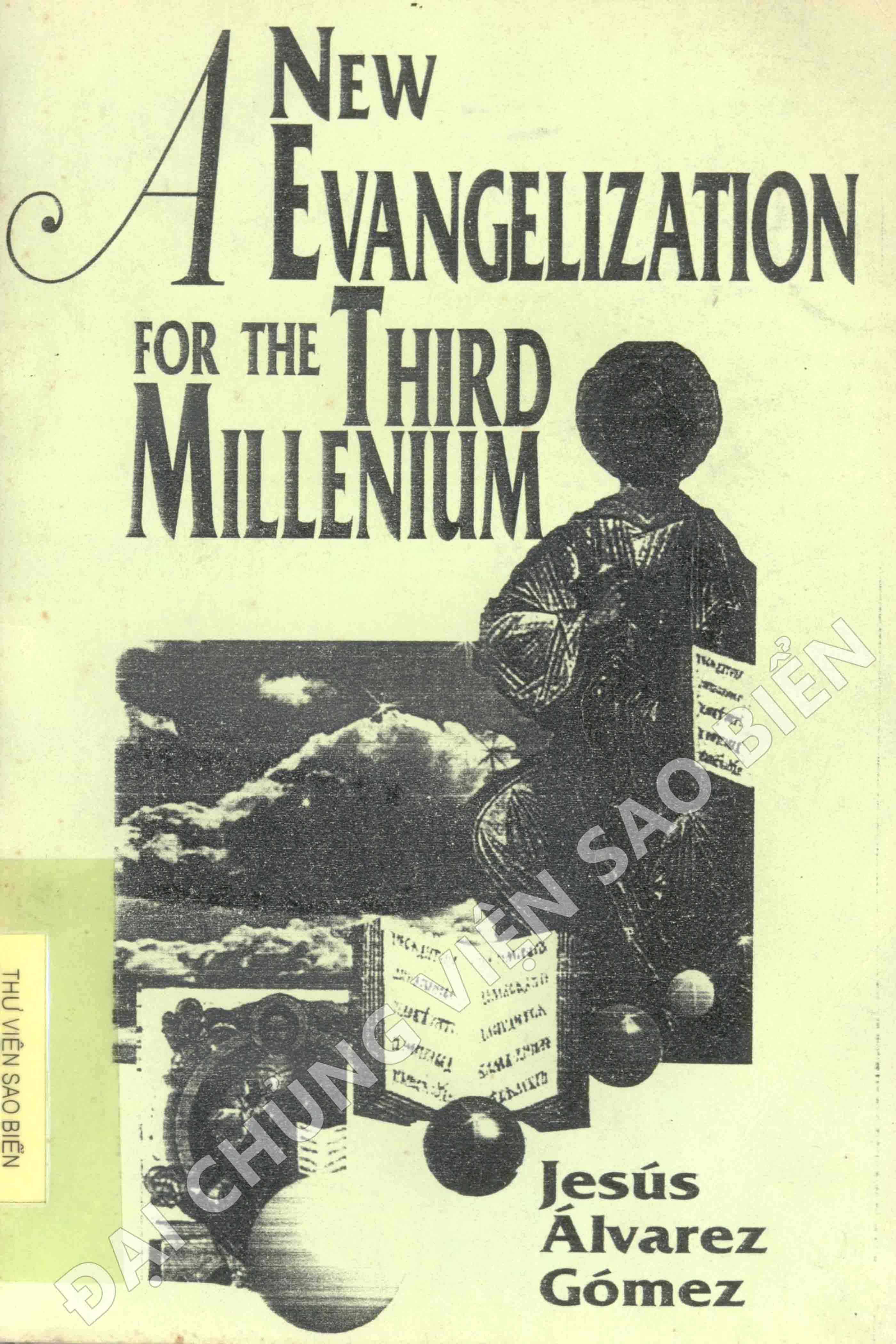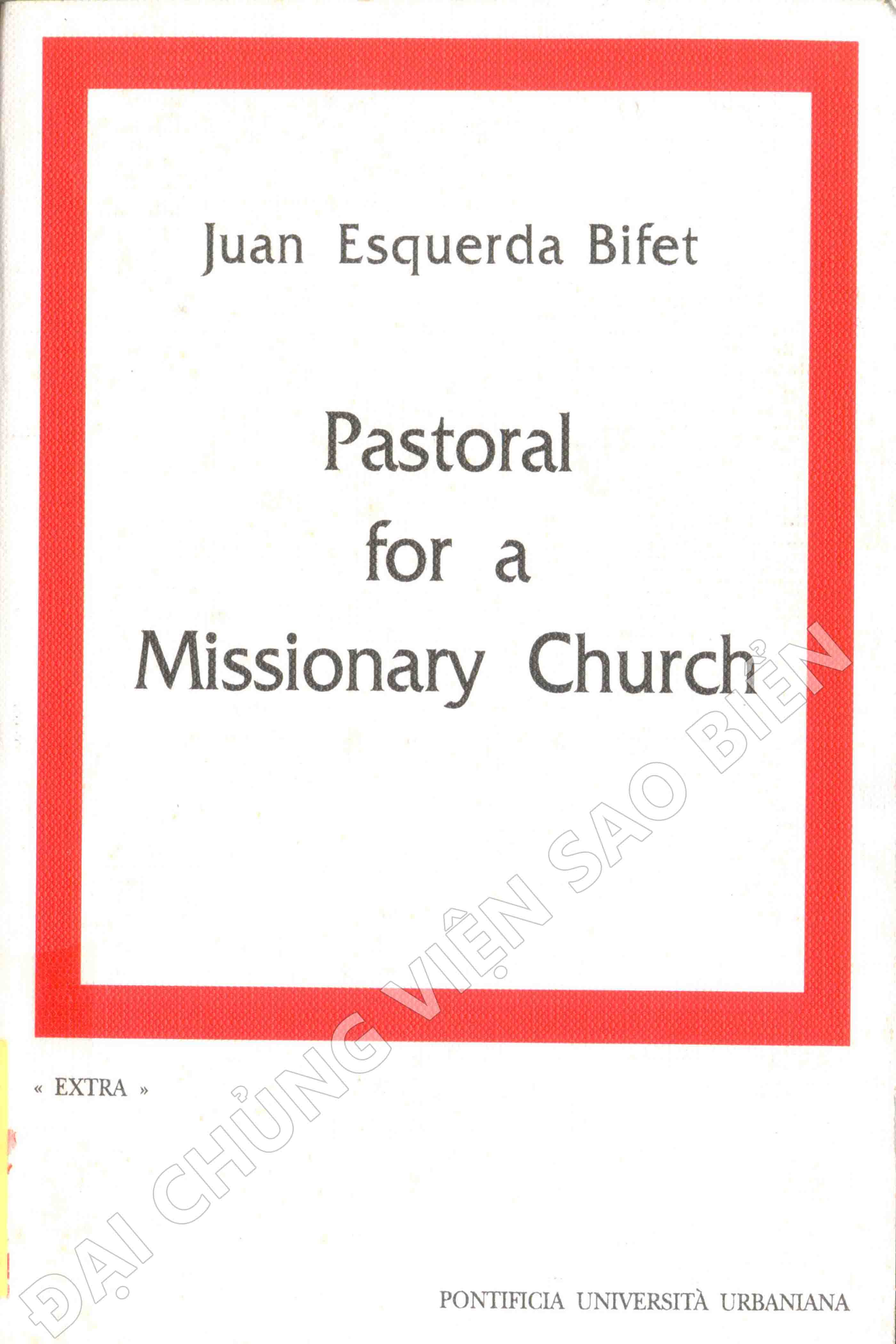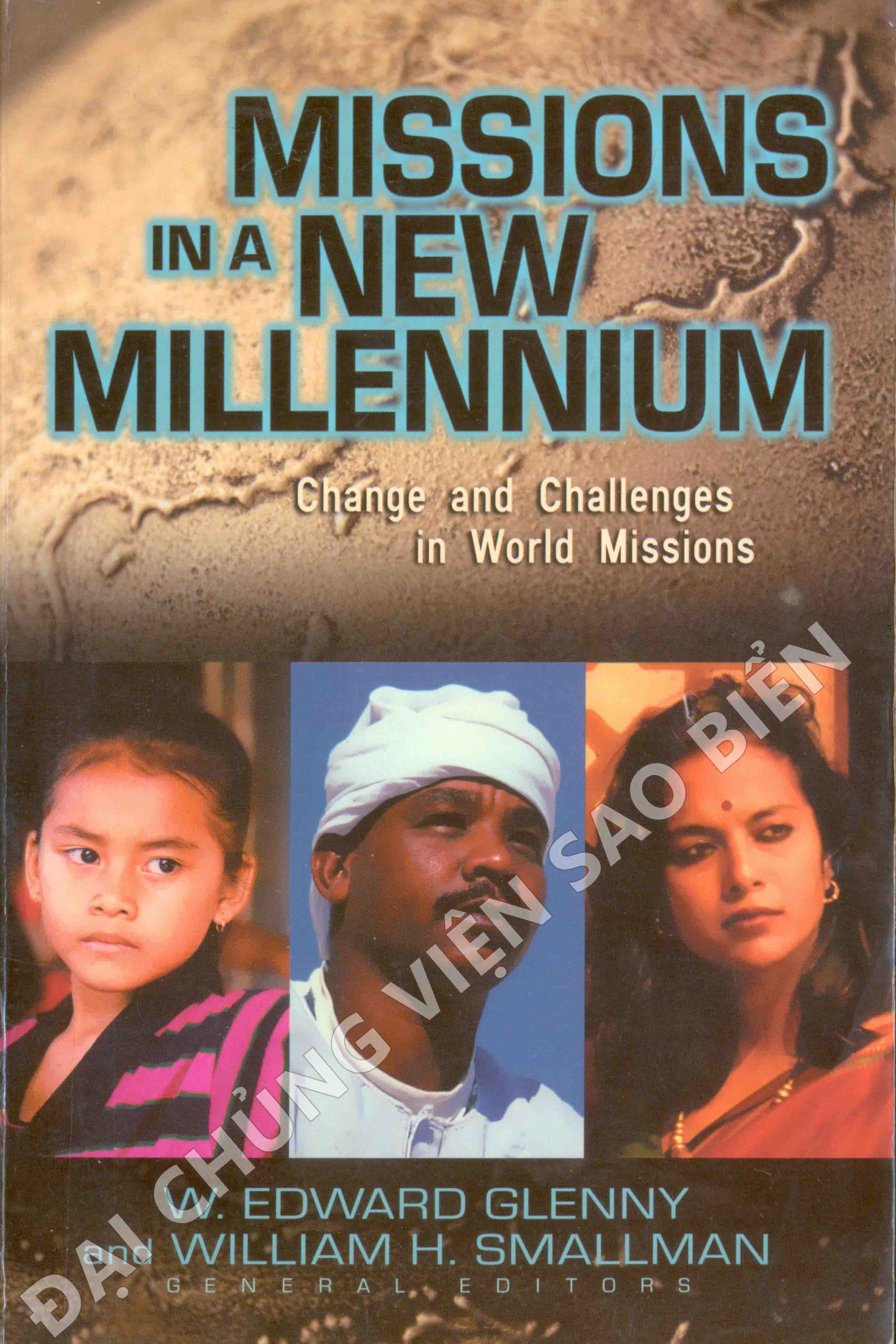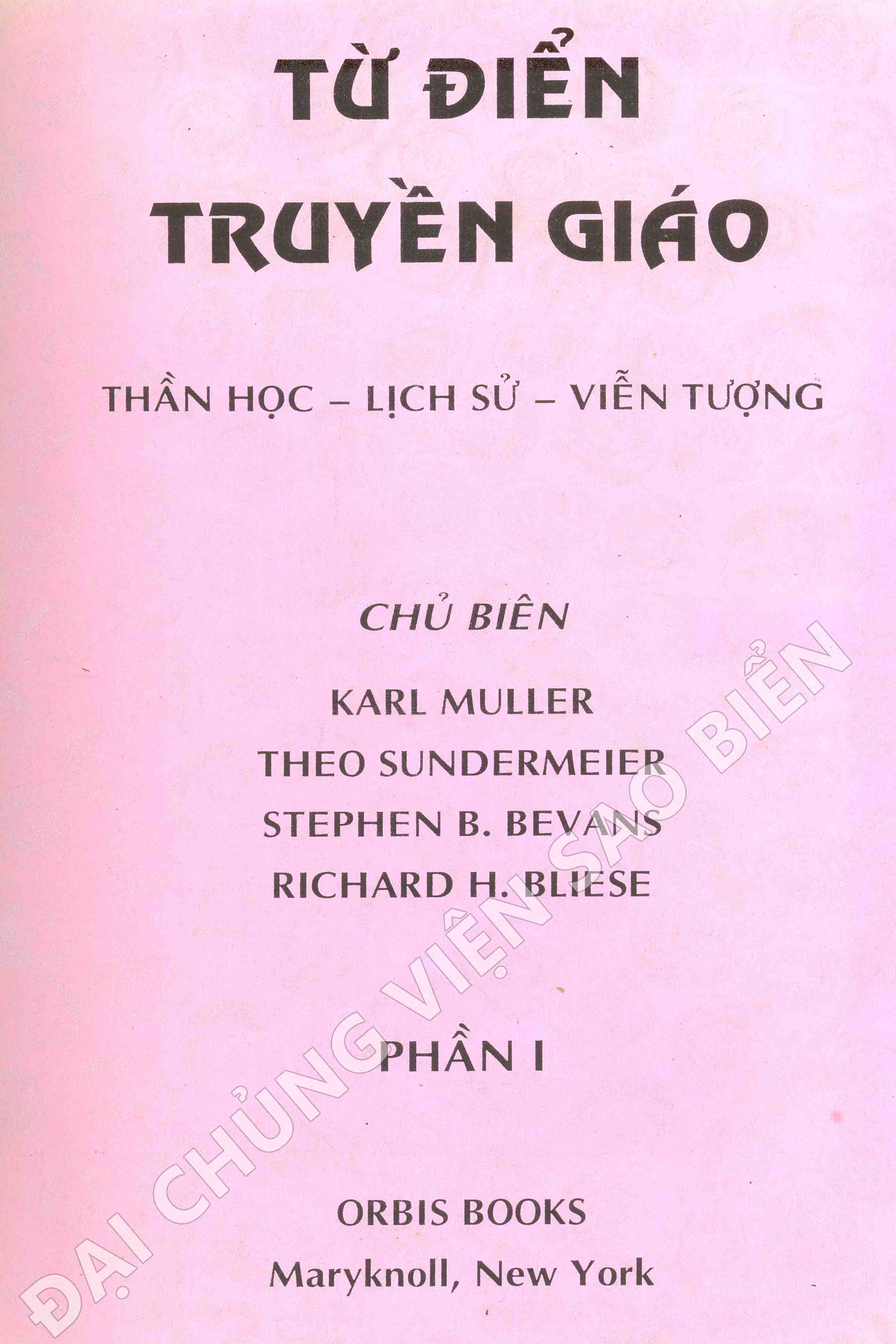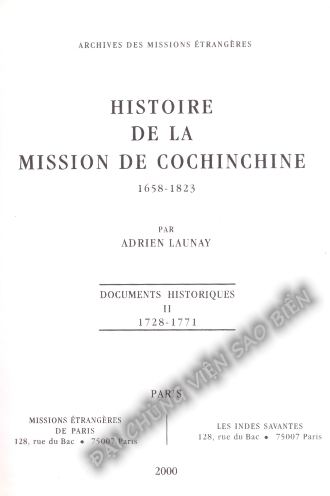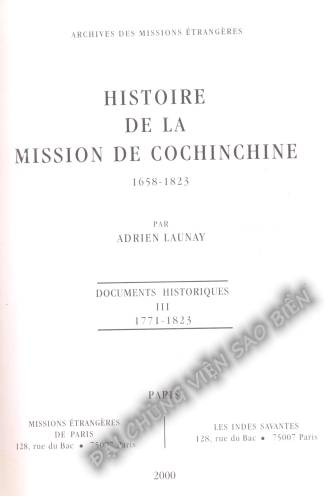| Dedication |
iii |
| Acknowledement |
iv |
| Abbreviations |
v |
| |
|
| CHAPTER I: INTRODUCTION |
|
| 1. Background of the study |
2 |
| 2. Statement of the problem |
4 |
| 3. Significance of the study |
5 |
| 4. Objectives of the study |
7 |
| 5. Scope and Limitations of the study |
8 |
| 6. Review od related Literature and sutdies |
9 |
| 7. Methodology |
13 |
| 8. Definition of terms |
15 |
| 9. Division of Dissertation |
17 |
| |
|
| CHAPTER II: DISCOVERING THE IDENTITY OF RELIGIOUS LIFE AND THE TASK OF FORMATION |
|
| Introduction |
19 |
| 1. Understanding the identity of religious Life from a theological perspective |
21 |
| 1.1 The common understanding from Vat. II to our times |
22 |
| 1.2 Religious life as a form of Discipleship |
23 |
| 1.3 Religious life as a fact in the church |
25 |
| 1.4 Religious life as a Charism of the spirit |
26 |
| 2. Understanding the identity of religious life from a formative perspective |
27 |
| 2.1 The experience of God |
27 |
| 2.1.1 The mystical experience is a loveing union with the divinity |
28 |
| 2.1.2 The process as 'initial experience-desire-search-more experience' |
30 |
| 2.1.3 Prayer and silence as means to this experience |
31 |
| 2.2 Following of Jesus |
32 |
| 2.2.1 Acall and a response |
33 |
| 2.2.2 A call to follow and identify with Jesus who revealed God in the World |
36 |
| 2.2.3 Following leads to Discipleship and witnessing |
38 |
| 2.3 Witnessing the Kingdom of God |
38 |
| 2.3.1 Discovering the Kingdom og God |
39 |
| 2.3.1.1 the Kingdom that Jesus preached |
40 |
| 2.3.1.2 Nearness of the kingdom |
41 |
| 2.3.2 Passion for the Kingdom |
41 |
| 2.3.2.1 A passion to experience the reality of the Kingdom |
42 |
| 2.3.2.2 An experience of liberation |
43 |
| 2.3.3 Commitment to the Kingdom |
46 |
| 2.3.3.1 Commitment to the values of the kingdom |
46 |
| 2.3.3.2 Commitment by a Consecrated Life |
49 |
| 3. Understanding the task of formation |
52 |
| 3.1 Characteristics of formation |
52 |
| 3.1.1 Formation as a process |
53 |
| 3.1.2 Intergral and Integrationg formation |
54 |
| 3.1.3 Gradual and Progressive formation |
54 |
| 3.1.4 Liberating and Prophetic formation |
55 |
| 3.2 Understanding formation from "Discipleship" perspective |
56 |
| 3.2.1 Formation to pracitce compassionate love |
56 |
| 3.2.2 Formation to forgive and serve onr another |
58 |
| 3.3 formation to experience God |
59 |
| 3.3.1 Experiencing "wholeness" from "fragmentation and emptiness" |
60 |
| 3.3.2 Spiritual diraction and prayer as means |
61 |
| 3.4 Formation to witness the Kingdom of God |
62 |
| Conclusion |
66 |
| CHAPTER III |
|
| UNDERSTANDING DISCIPLESHIP AND CHARACTERISTICS OF THE APOSTOLIC SCHOOL |
|
| Introduction |
68 |
| 1. Discipleship as the core of christian life |
69 |
| 1.1 Conditions of discipleship |
70 |
| 1.2 Object of discipleship |
71 |
| 1.3 Discipleship demands identifying with the master |
72 |
| 1.4 Discipleship demands following the master |
74 |
| 1.5 Discipleship demands participation in his mission |
75 |
| 2. Characteristics of the apostolic school |
76 |
| 2.1 The Kingdom of God as the unique motivation |
78 |
| 2.2 To be with Him as a method |
79 |
| 2.3 Assuming the destiny of jesus |
80 |
| 2.4 Faith crisis and fidelity to Jesus |
81 |
| 3. Jesus as formator; disciples as formandee |
82 |
| 3.1 Jesus as formator of disciples |
84 |
| 3.2 The important aspects of Jesus' formation |
85 |
| 3.3 Revealing God as the central theme of formation |
86 |
| 3.3.1 Experience of God as Father (Abba) |
86 |
| 3.3.2 Experiencing God as compassionate and immanent |
91 |
| 3.3.3 Experiencing God's identity as Love and Forgiveness |
94 |
| 4. Disciples of Jesus: Prototype of Religious Life |
96 |
| 4.1 Disciples called to be a sign |
97 |
| 4.2 Disciples called to make a commitment |
98 |
| 4.3 Disciples called to continue Jesus' Mission |
99 |
| Conclusion |
102 |
| |
|
| CHAPTER IV |
|
| CONTEXT OF ASIA: IDENTIFYING THE RELIGIO-CULTURAL REALITIES AND THIER SIGNIFICANCE IN THE FORMATION TO CONSECRATED LIFE |
| Introduction |
104 |
| 1. Identifying themulti religio-cultural realities and thier significance in formation to consequence life |
105 |
| 1.1. Hindu Sanyasi or Sadhus |
108 |
| 1.1.1 Sanyasin as an Ascetic |
110 |
| 1.1.2 Sanyasin as a man of simple life-style |
111 |
| 1.1.3 Sanyasin as a yogi |
113 |
| 1.1.4 Sanyasin as a Brahmachari |
116 |
| 1.1.5 Sanyasin in different colors |
118 |
| 1.2 Buddhisi monks or Bhikkhus |
121 |
| 1.2.1 Duddha as the first Bhikkhu |
121 |
| 1.2.2 Formation experence as an awakening experience |
122 |
| 1.2.3 Simple life-style |
124 |
| 1.2.4 Bhikkhu as one who does a "Holy life" _ A Brahmachari |
124 |
| 1.2.5 Bhikkhu as wandering itinerant monks |
125 |
| 1.3 Jain Monks or Digambaras |
127 |
| 1.3.1 Monks and their five great vows |
128 |
| 1.3.2 Becomeing a Jain religious |
128 |
| 1.3.3 Activities of a Jain monk |
129 |
| 1.3.4 Laity and the monk's spiritual path |
129 |
| 1.4 Islam and Sufism |
131 |
| 1.4.1 Sufis as mystics |
131 |
| 1.4.2 sufi Fraternities |
133 |
| Conclusion |
134 |
| 2. Identifying the changing Socio-cultuaral and Acclesial Realities of Asia |
135 |
| 2.1 Reality of traditional integration of religious, culture and community inder question |
137 |
| 2.2 Reality of poverty and massive inderdevelopment |
139 |
| 2.3 Reality of a changing culture |
140 |
| 2.4 Emerging dichotomy between Faith and Life |
141 |
| Conclusion |
142 |
| 3. Formation implications |
143 |
| 3.1 Formation: mot static but dynamic |
145 |
| 3.2 Formation to simple living and high thinking |
146 |
| 3.3 Formation to exercise personal freedom and responsibility |
147 |
| 3.4 Formation to Faith experience and dialogue |
147 |
| 3.5 formation for community and Mission |
149 |
| Conclusion |
151 |
| CHAPTER V |
|
| REINTERPRETING THE APOSTOLIC SCHOOL OF FORMATION IN THE CONTEXT OF ASIA |
|
| Introduction |
153 |
| 1. A new way of being disciple of Jesus in the Church and in Asia |
154 |
| 1.1 Disciples to accept Christ centrism in Life and Mission |
155 |
| 1.2 Disciples to become bread of life |
157 |
| 1.3 Disciples to continue Jesus' Mission |
158 |
| 1.4 Disciples to proclaim Jesus |
159 |
| 2. Formation of disciples in Asia; for Asia and the rest of the world |
160 |
| 2.1 Acknowledge the Fatherhood of God |
160 |
| 2.2 Formation for Mission in Asia |
162 |
| 2.3 Formation as c Christological itinerary |
163 |
| 2.4 Witness of love as Mission and spiritual itinerary |
164 |
| 3. "Guru-Sishya" relation in an Ashram as Model to a formation community in the context of Asia |
166 |
| 3.1 Formator as Guru |
167 |
| 3.2 Formation of the formator |
168 |
| 3.3 Formaor as guru |
171 |
| 3.3.1 Jesus as the real guru |
172 |
| 3.3.2 Guru as servant who came to serve |
173 |
| 3.4 Ashram as a formation house |
173 |
| 3.4.1 A community of peace |
174 |
| 3.4.2 An open and hospitable community |
175 |
| 3.4.3 A community in solidarity with the poor |
176 |
| 3.4.4 A community with simple life-style and openess for Dialogua |
177 |
| 3.4.5 Ashram's prayer-life: in freedom and flexibility |
179 |
| 4. Interiorization of the Essence of sannyasa in formation to consecrated life |
181 |
| 4.1 Three ways of God realization |
181 |
| 4.2 Renunciation |
184 |
| 4.3 Practical asceticism |
185 |
| 4.4 Centering in god |
186 |
| Conclusion |
187 |
| |
|
| CHAPTER VI |
|
| SYNTHESIS, CONCLUSION AND RECOMMENDATIONS |
|
| 1. Synthesis |
190 |
| 1. Discovering the identity of religious life and the task of formation |
191 |
| 2. Understanding discipleship and characteristics of apostolic school |
192 |
| 3. Context of Asia: Identifying the Religio-cultural realities and their significance in formation to consecrated life |
194 |
| 4. Reinterpreting the Apostolic school of formation on the context of Asia |
195 |
| 2. Conclution |
197 |
| 3. Recommendations |
201 |
| GLOSSARY |
205 |
| BIBLIOGRAPHY |
209 |
